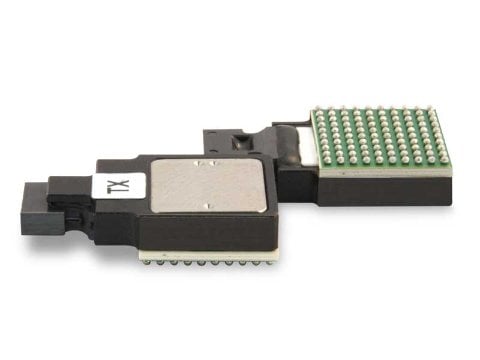- Configurable design, In-house tooling and molds allow for the lowest cost of test.
- An extensive catalog of standard parts reduces cost and lead time.
- Double-latching clamshell provides ease of use during operation and clearance for lid operation.
- Exceptional electrical performance provides wide RF bandwidth.
Feature Options
- LGA, BGA, and package on package
- Spring loaded plunger
- Heat sink
- HAST venting features
- Integrated thermal control with heater and sensor
- Reverse seating plane
- Max component clearance under the DUT
- High temperature materials for above 200 °C applications






